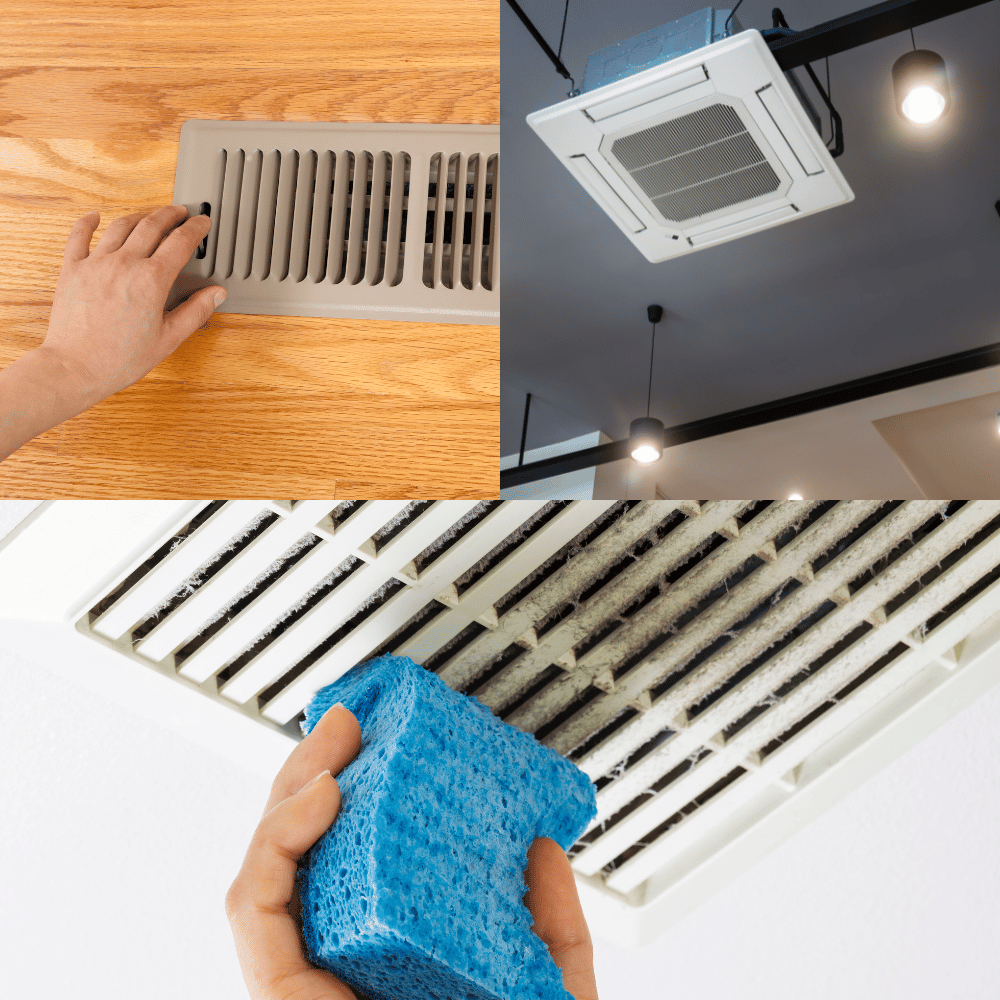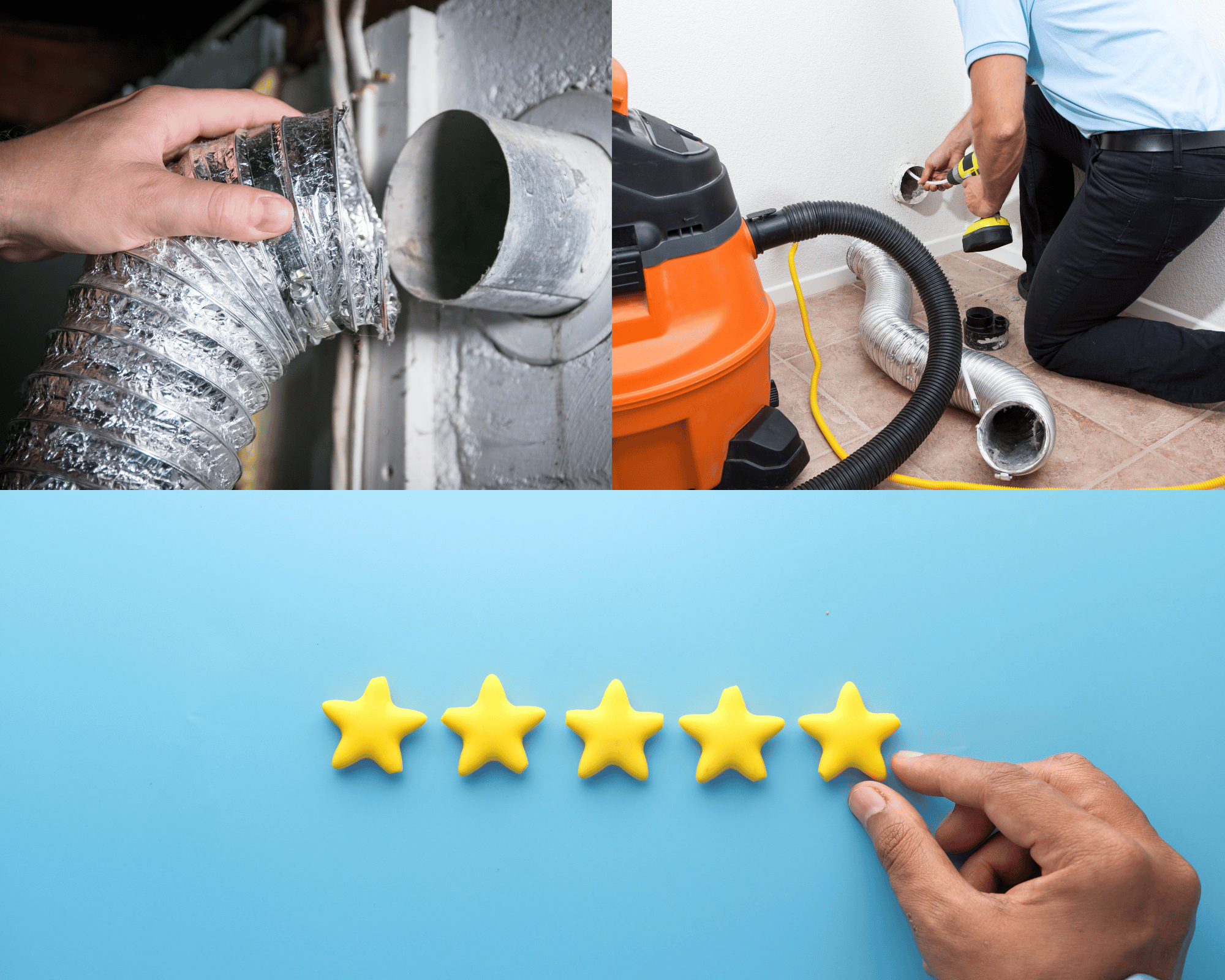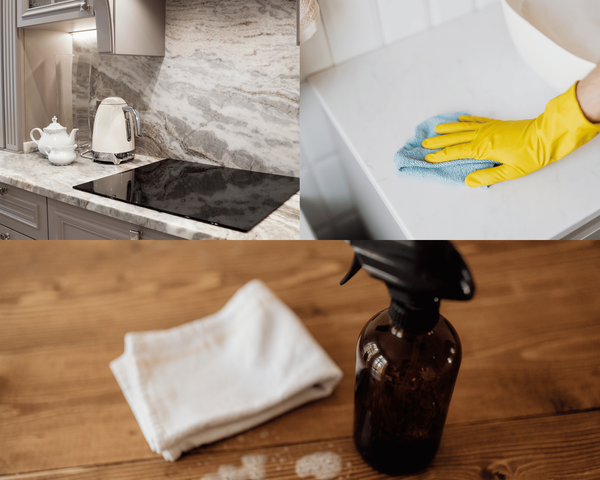Downdraft systems, often seen in modern kitchens with a sleek design aesthetic, promise to keep your cooking space clear of smoke and odors without the need for an overhead hood. However, while the best downdraft vent might seem like a perfect solution, there are several drawbacks worth considering before installing one in your home.
Key Takeaways:
- Downdraft vents often struggle with effectiveness compared to traditional range hoods.
- Installation and maintenance can be more complex and costly.
- Limited design options and compatibility issues with certain cooktops.
Effectiveness in Smoke and Odor Removal
One of the primary concerns with downdraft systems is their effectiveness. Because they pull smoke and steam downward, they often fail to capture all the pollutants, especially for taller pots or when cooking on the rear burners. Smoke has a natural tendency to rise, and downdraft vents fight against this natural airflow, which can result in a less efficient venting process.
Installation Complexities
Installing a downdraft system can be more involved than fitting a traditional hood. These systems require space for ductwork beneath the kitchen floor or in the base cabinets, which can limit storage space or require significant remodeling efforts. Additionally, the best downdraft vent systems often need professional installation to ensure that the ductwork is correctly configured and optimized for performance.
Higher Cost Factors
Cost is another significant disadvantage of downdraft systems. Not only are the initial purchase prices typically higher than those of conventional hoods, exterior wall but installation costs can also add up due to the complexities involved. Furthermore, if your kitchen layout does not already accommodate a downdraft vent, the additional construction can be quite expensive.
Maintenance and Cleaning
Maintaining a downdraft vent involves more than just cleaning the filters. Because the ductwork is often installed beneath the floor or in cabinets, accessing it for cleaning or repairs can be challenging. This can lead to higher maintenance costs and more hassle compared to overhead systems where components are more easily accessible.
Limited Compatibility with Cooktops
Downdraft vents are not universally compatible with all cooktop types. They are typically best suited for traditional cooktops and may not perform as well with high-powered ranges or cooktops used for specific types of cooking like wok cooking, cooktop appliances, cooking smells which generates a significant amount of smoke that needs to be captured quickly.
Restricted Design Options downdraft hood
When it comes to kitchen design flexibility, downdraft systems offer fewer options compared to traditional range hoods. They are usually built into the cooktop or installed behind it, which can dictate the layout and design of your kitchen. This can be particularly limiting for homeowners looking for a custom kitchen aesthetic.
Impact on Indoor Air Quality
Because downdraft vents can struggle to capture all smoke, steam, and odors effectively, they can have a negative impact on indoor air quality. Inadequate venting can lead to lingering odors and a buildup of moisture, pop up vent, down draft, internal blower, virtually any installation configuration, which can contribute to mold growth and other air quality issues.
Noise Levels best downdraft vent product reviews
Downdraft systems can be noisy, especially at higher fan settings required to attempt effective smoke and odor removal. This noise can be disruptive, vent duct, downdraft ventilation system particularly in open-plan homes where the kitchen is part of the living or dining area.
Energy Efficiency Concerns
Downdraft vents can also impact the overall energy efficiency of your kitchen. Because they need to work harder to pull smoke and steam downward, they often use more energy than overhead vents. This increased energy consumption can lead to higher utility bills over time.
Resale Value Considerations
While a downdraft vent might seem like a modern and appealing feature, it may not increase the resale value of your home as much as a traditional range hood. Potential buyers might view the disadvantages, such as lower effectiveness and higher maintenance requirements, electric cooktop as drawbacks.
Summary
While downdraft systems offer a modern look and promise to keep your kitchen air clean without an overhead hood, they come with several disadvantages. These include lower effectiveness, higher costs, maintenance challenges, vent hood, bosch induction cooktop external blower overhead range hood, cattura downdraft and limited design flexibility. Before deciding on a downdraft vent, it's crucial to weigh these factors against your cooking habits and kitchen design preferences.
FAQ
Q: Are downdraft vents more expensive than traditional range hoods?
A: Yes, downdraft vents typically have higher initial purchase prices and installation costs can be significant, especially if your kitchen requires remodeling to accommodate the system.
Q: Can a downdraft vent work with any cooktop?
A: No, downdraft vents are not suitable for all types of cooktops. They work best with standard cooktops and may not perform well with high-powered ranges or those used for specific cooking techniques that produce a lot of smoke.
Q: Do downdraft systems require more maintenance than overhead hoods?
A: Yes, due to their design and the placement of ductwork, downdraft systems can be harder to access for cleaning and repairs, potentially leading to higher maintenance costs and efforts.









